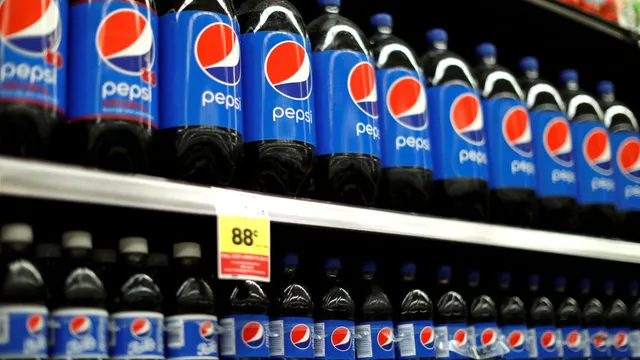- By Shivangi Sharma
- Fri, 14 Nov 2025 04:37 PM (IST)
- Source:JND
In the early 1990s, the Philippines became the stage for one of the most catastrophic marketing failures in corporate history. What began as a wildly successful promotion meant to boost Pepsi’s sales ended in nationwide riots, bombings, lawsuits, and the deaths of at least five people. This tragedy is remembered today as the Pepsi 349 Disaster or Number Fever.
During the 1990s, Pepsi and Coca-Cola were locked in an aggressive battle for dominance in the Philippines’ booming soft drink market. At the time, Pepsi held a modest 19.4 per cent market share and was desperate to outshine Coca-Cola. In response, Pepsi launched an ambitious nationwide promotion called “Number Fever.”
The mechanics were simple: bottle caps contained numbers, and if your number matched the one announced on national TV, you could win prizes ranging from small cash payouts to the jackpot of 1 million pesos, roughly USD 68,000, a life-changing amount in a country where the average monthly income hovered around USD 100.
The campaign was an instant success. Sales surged, and Pepsi’s market share skyrocketed to 24.9 per cent, beating expectations and delighting executives.
The Fatal Error: Number 349
On May 25, 1992, at 6 pm, Channel 2’s evening news revealed the winning number: 349. There was just one enormous problem. 349 was never meant to be a winning number. Due to a catastrophic human and administrative error, Pepsi’s bottling plants had printed over 600,000 bottle caps with the number 349, all designated as non-winning.
The moment “349” flashed across TV screens, celebrations erupted across the Philippines. Hundreds of thousands believed they had won the grand prize. Many had more than one 349 cap. Streets erupted in joy as families thought their lives were about to change forever.
Chaos At Pepsi Factories
Within hours, crowds of “winners” stormed Pepsi plants to claim their prizes. Factories had to be shut down and placed under police protection. Inside Pepsi’s offices, executives scrambled overnight to find a solution.
Paying every 349 holders the promised prize would cost the company billions. Instead, Pepsi blamed a “computer glitch” and offered 500 pesos (USD 18) per cap as compensation, just 0.05 per cent of the advertised jackpot. Most winners refused. Outrage spread quickly.
Riots, Bombings And Deaths
Anger turned violent. Demonstrators hurled Molotov cocktails at Pepsi facilities, bombed delivery trucks, and clashed with police. Over months of unrest, five people were killed and dozens were injured.
By 1993, those affected organised into a formal group called Coalition 349, pursuing lawsuits and demanding full payouts. The legal battle dragged on for years, with courts issuing conflicting rulings, but Pepsi ultimately avoided paying the jackpot claims.
ALSO READ: 19-Year-Old Indian Teen Dies After Fall From Dubai Building While Taking Airplane Photos

